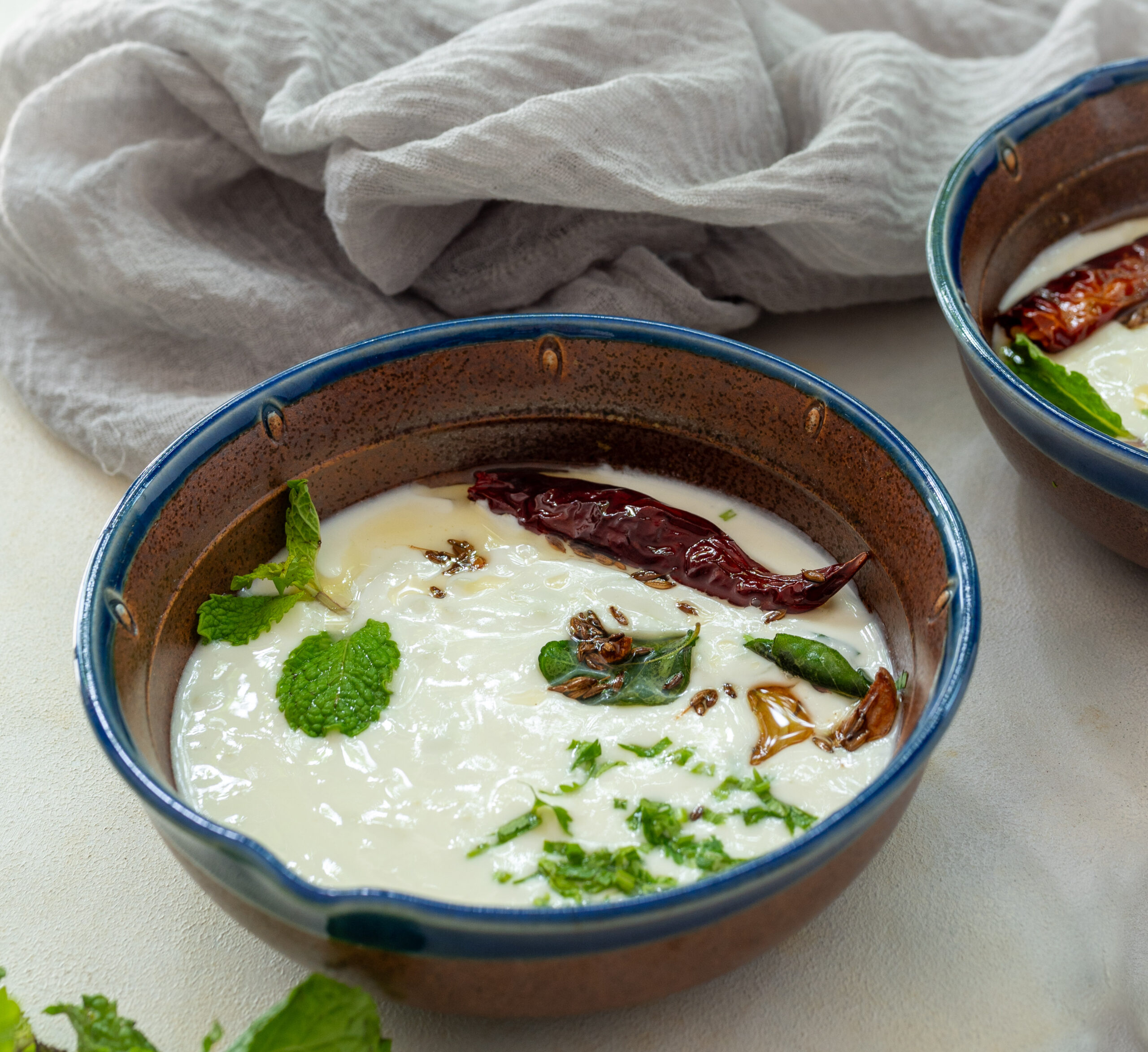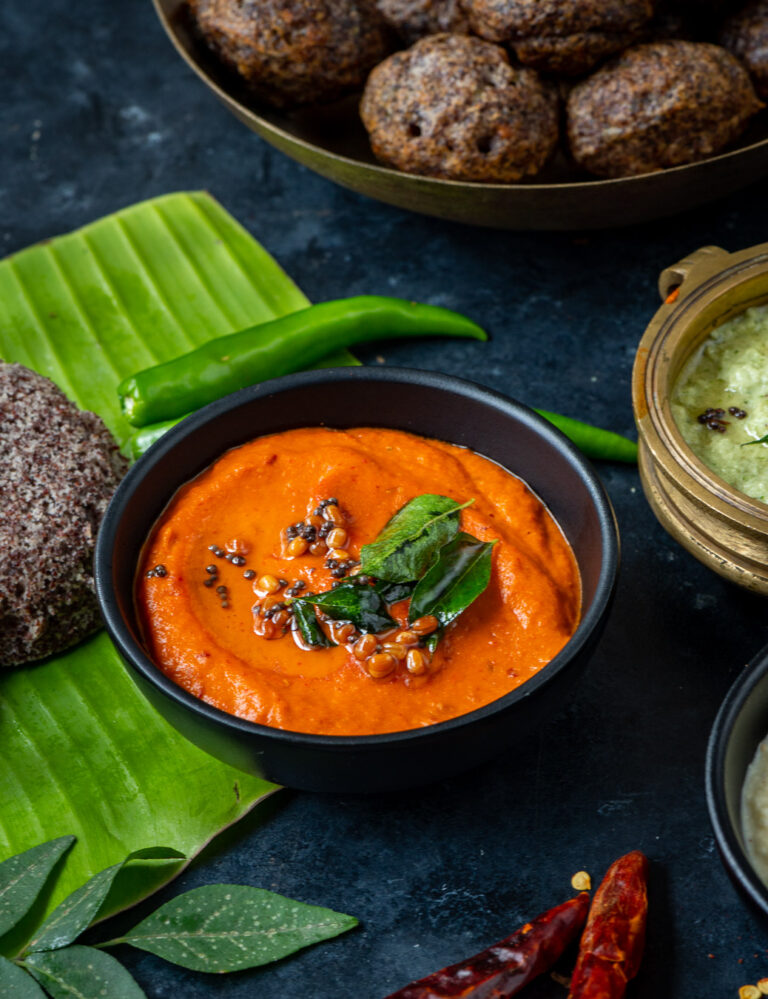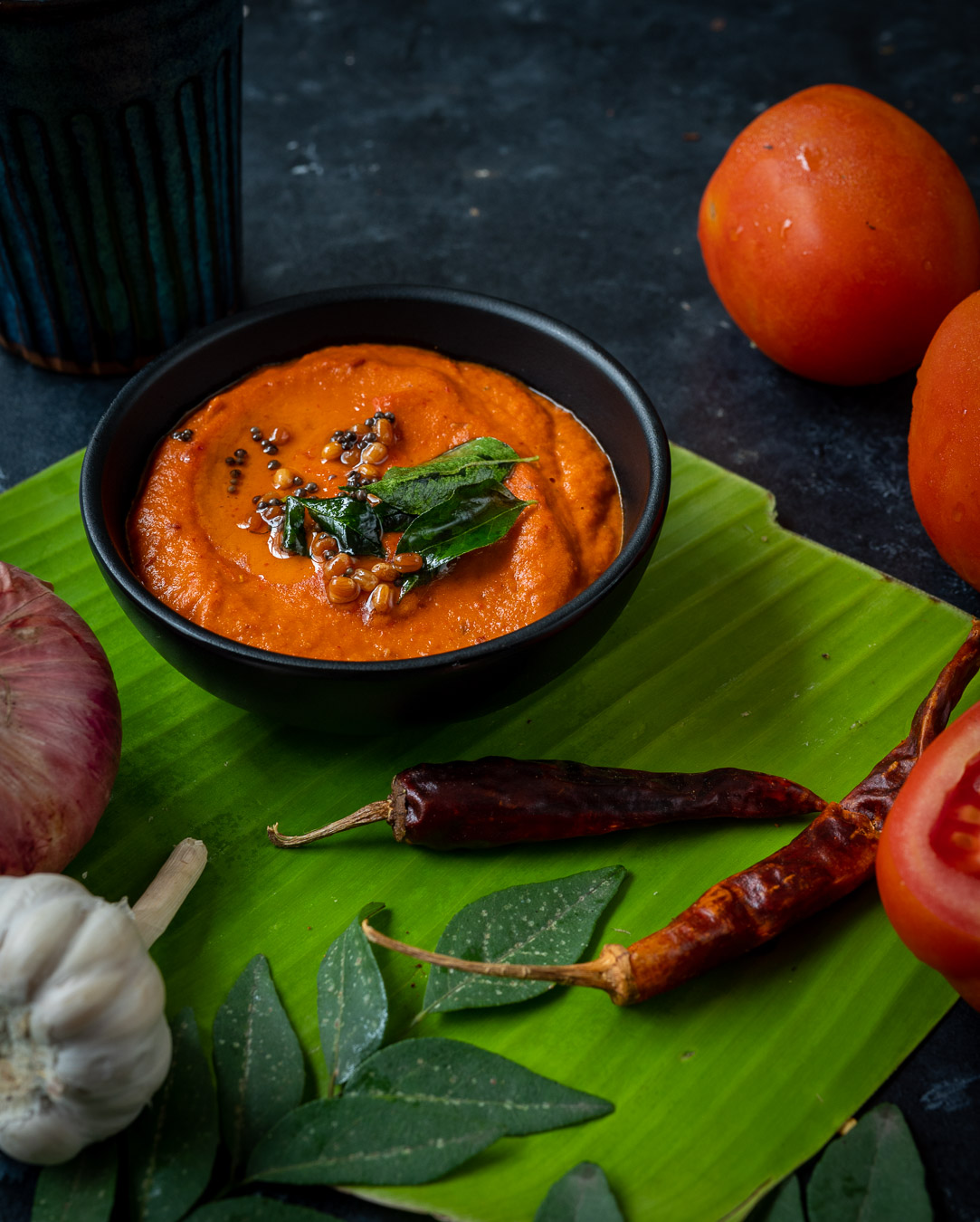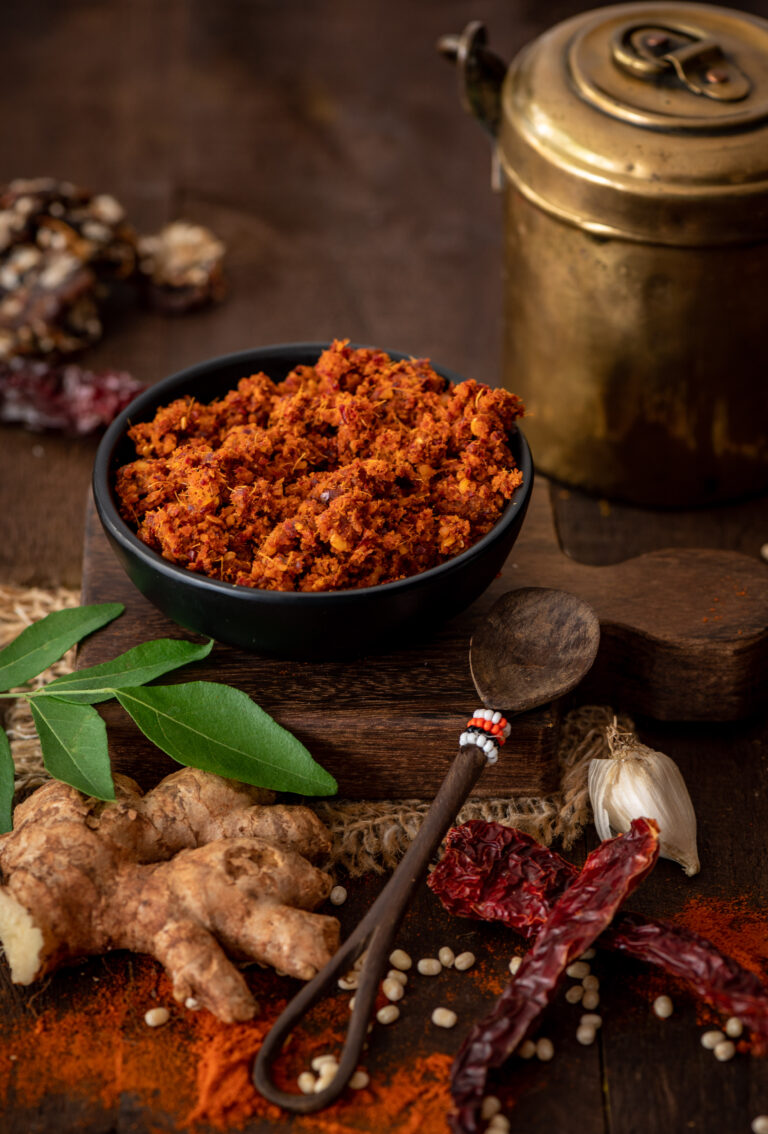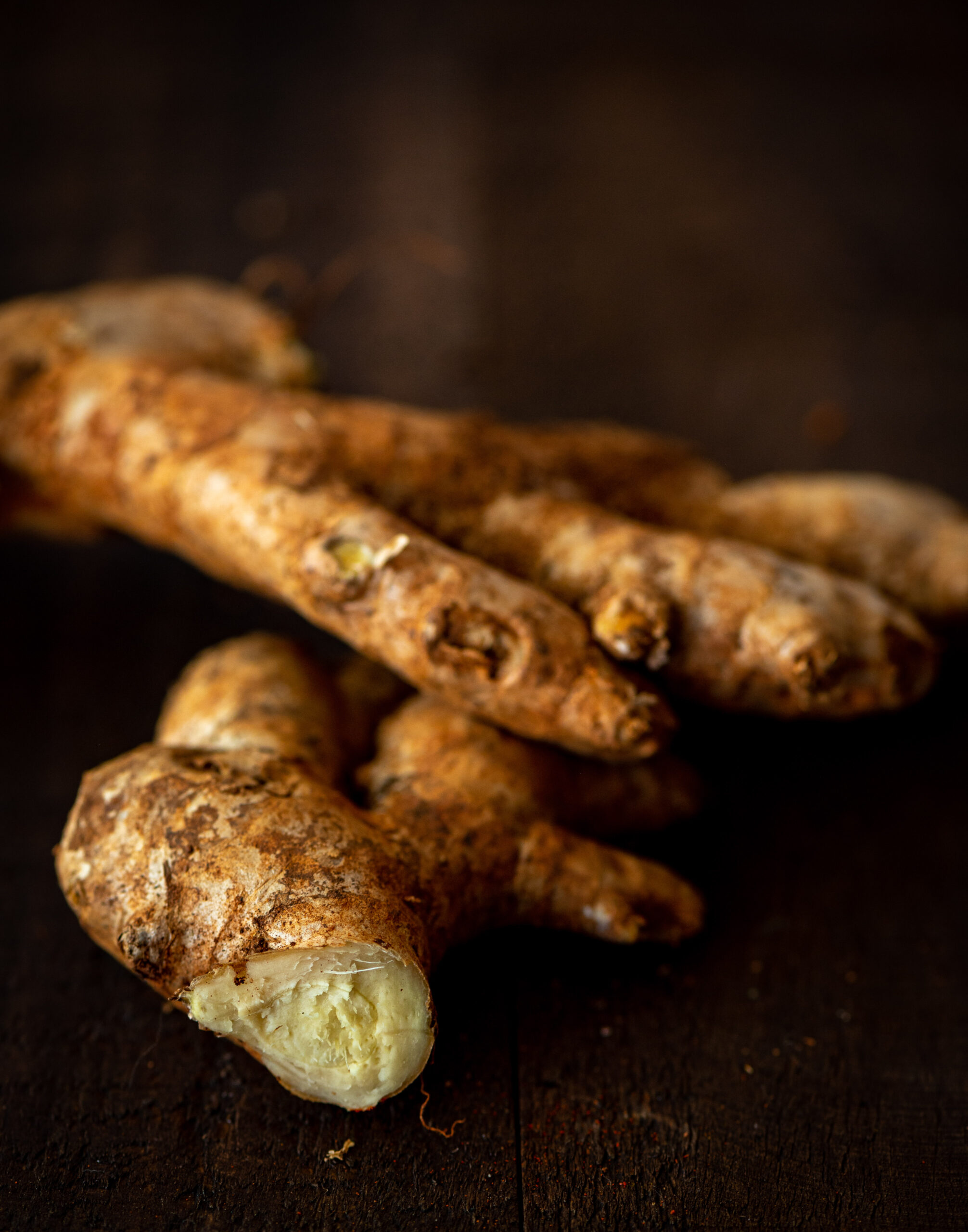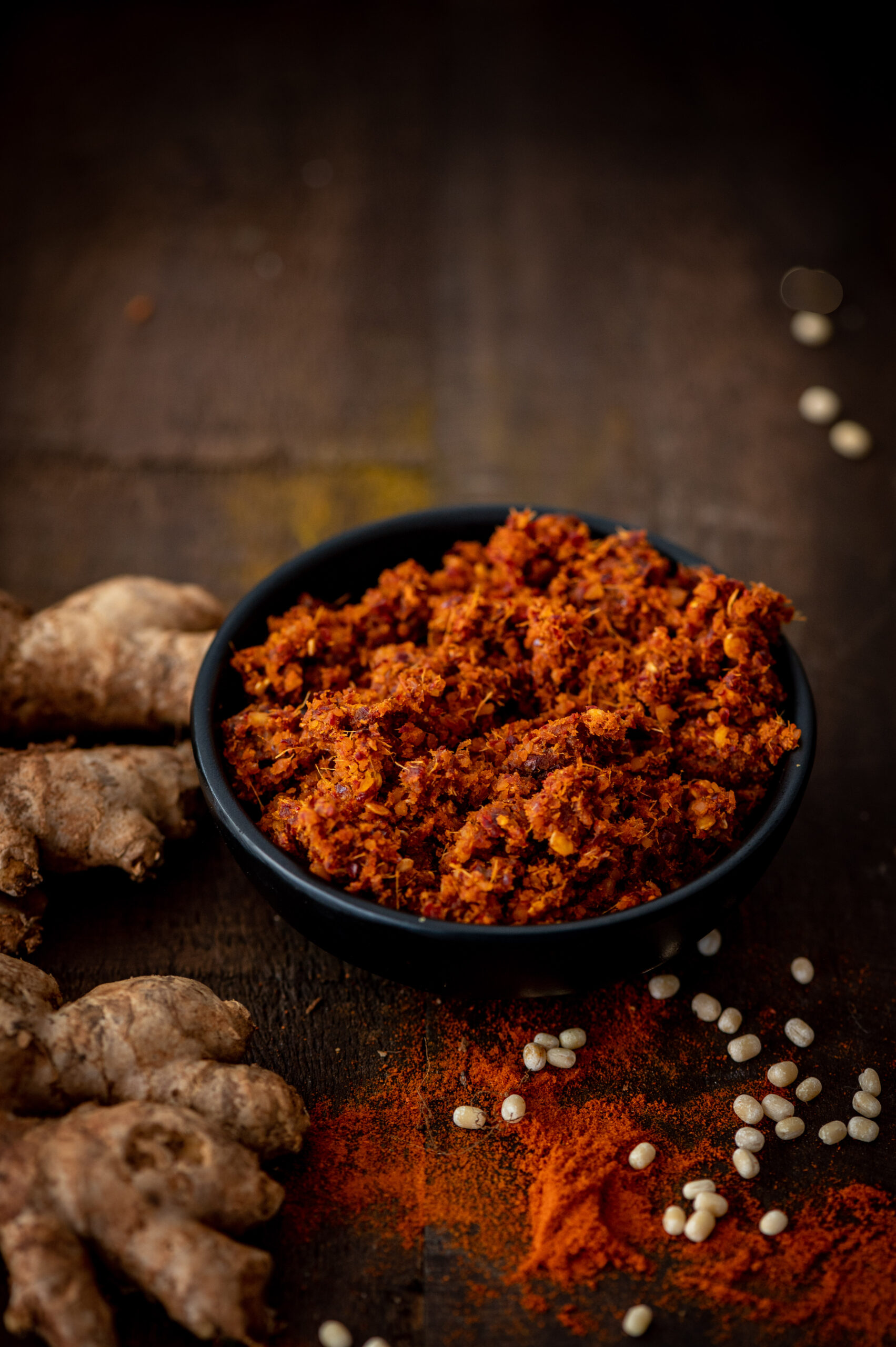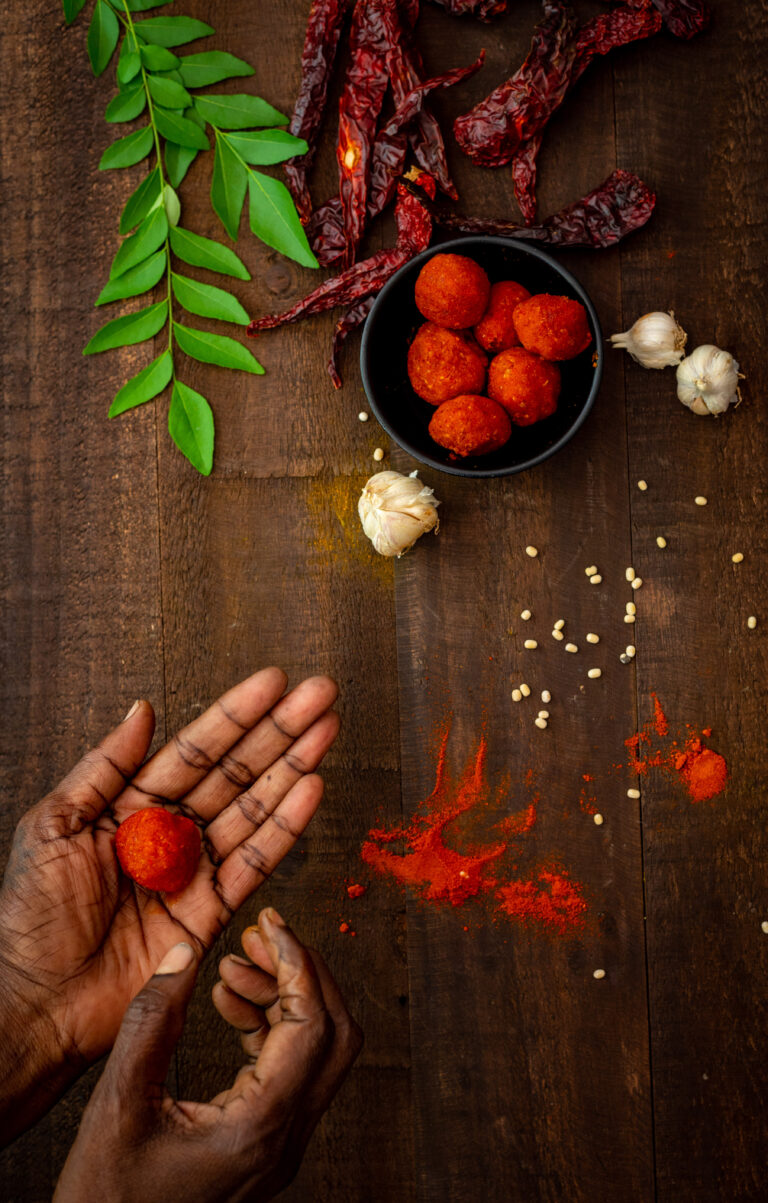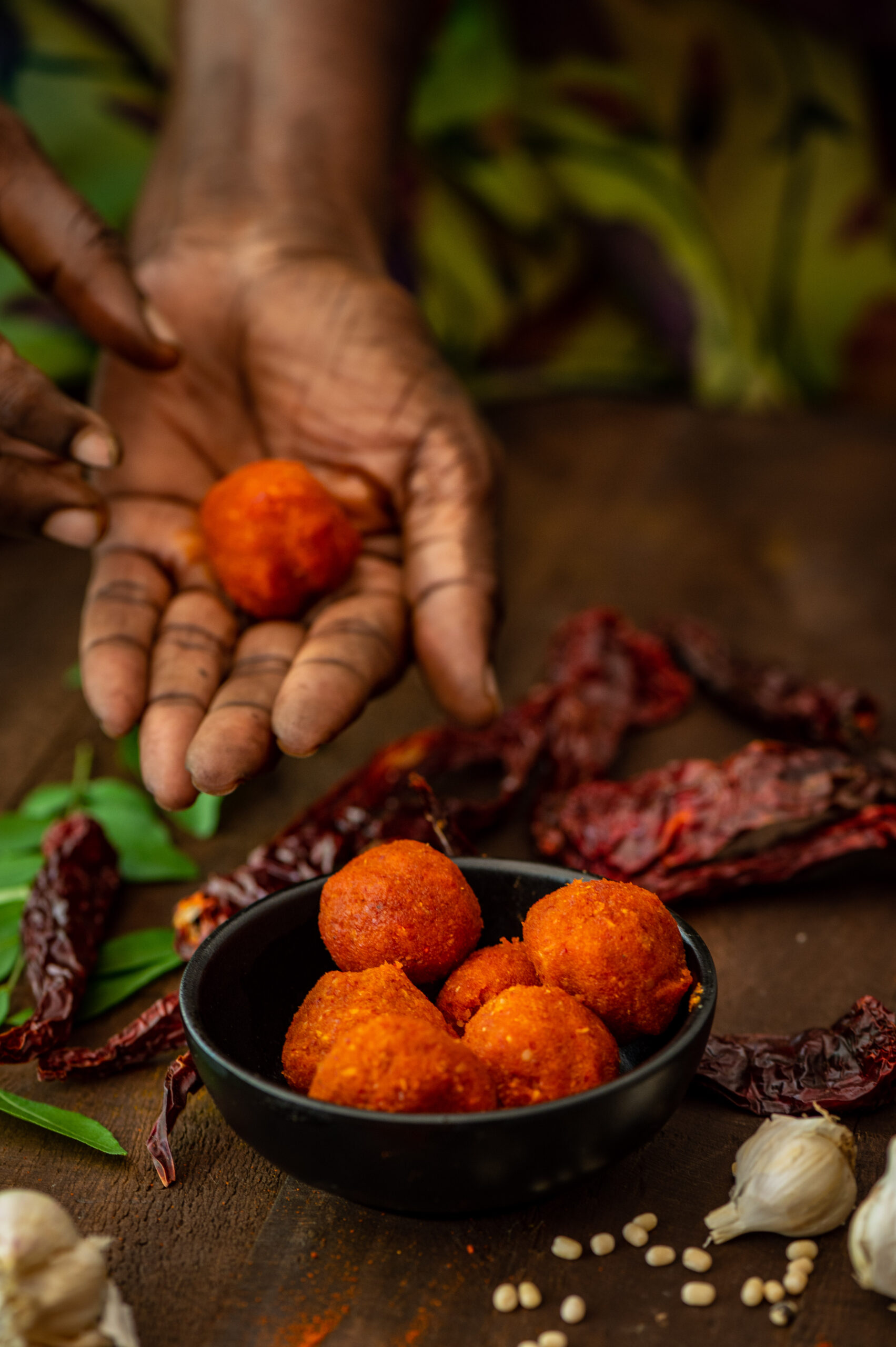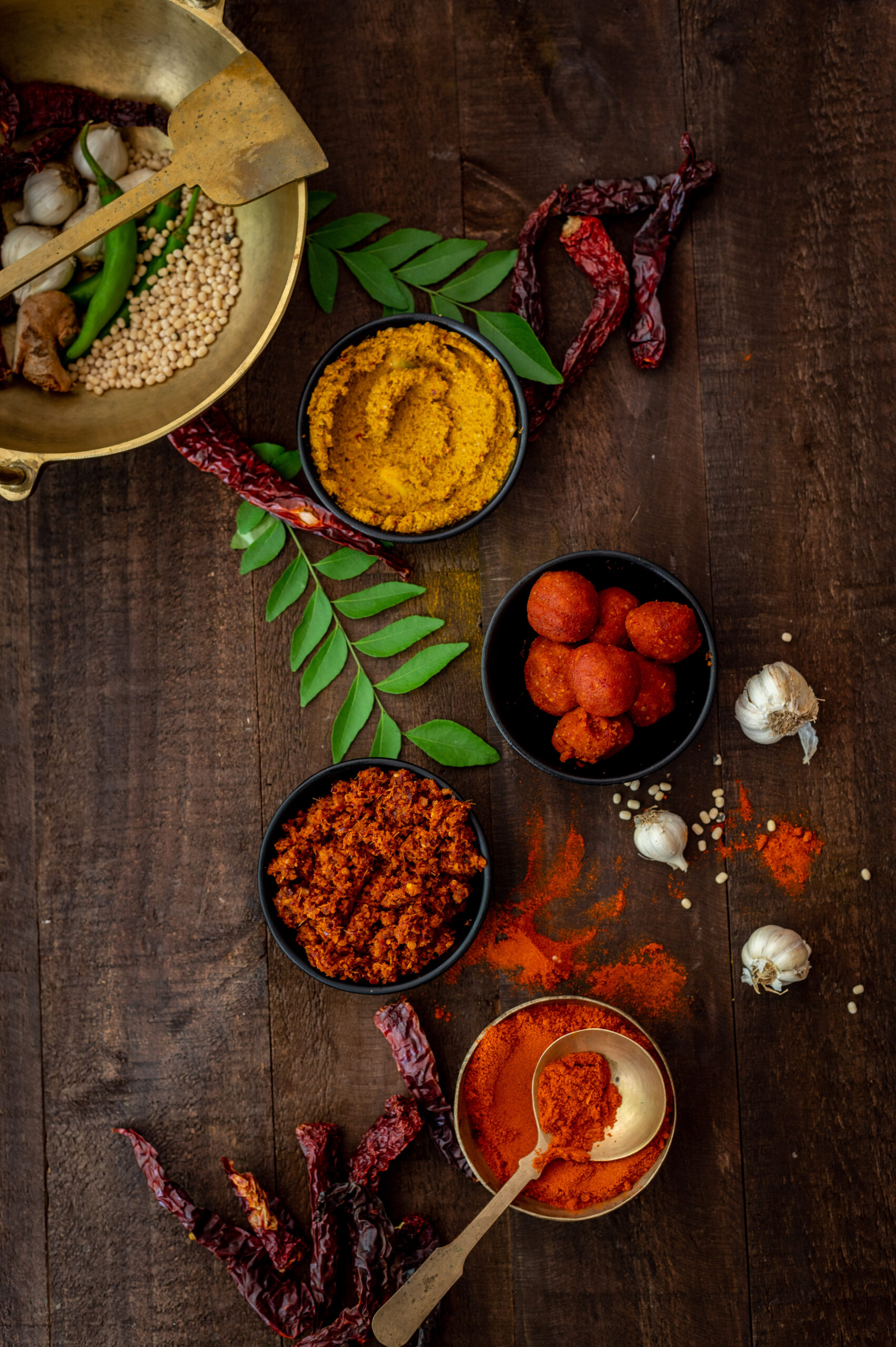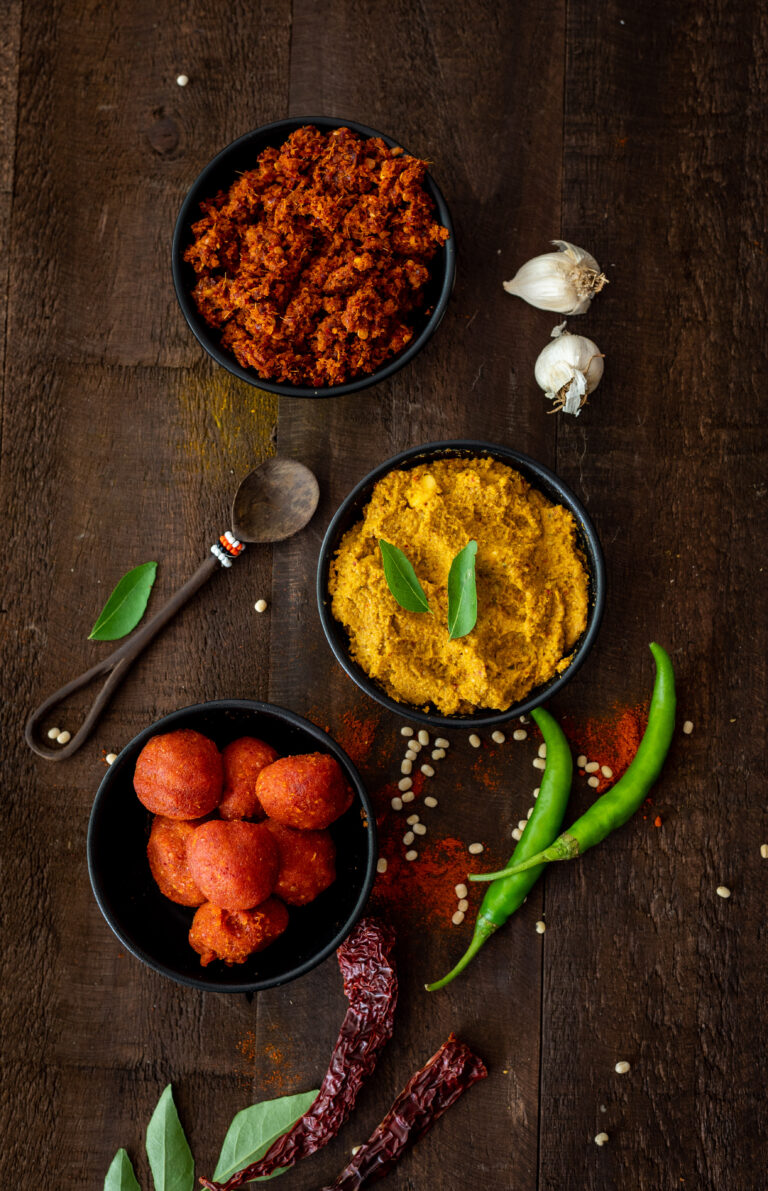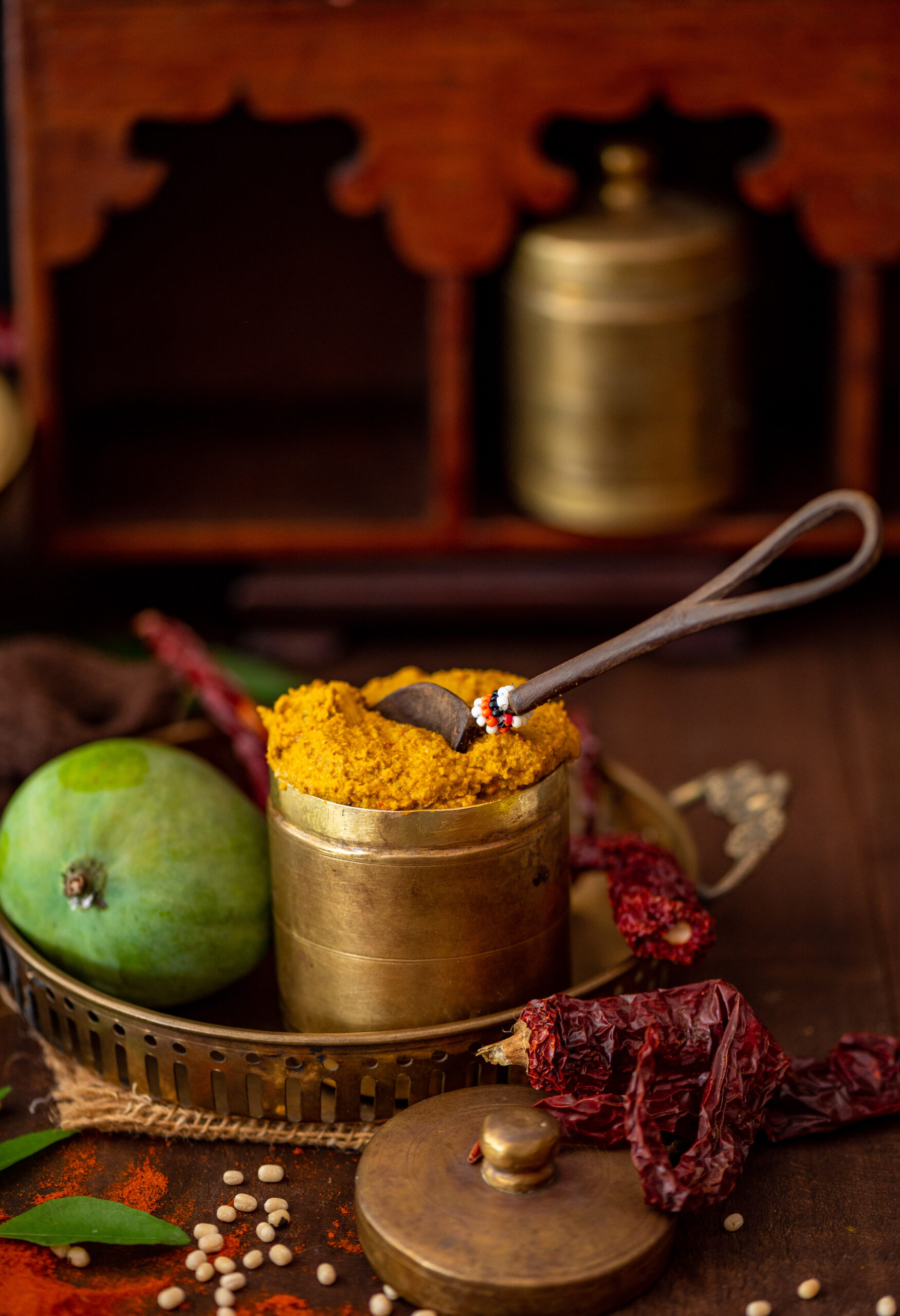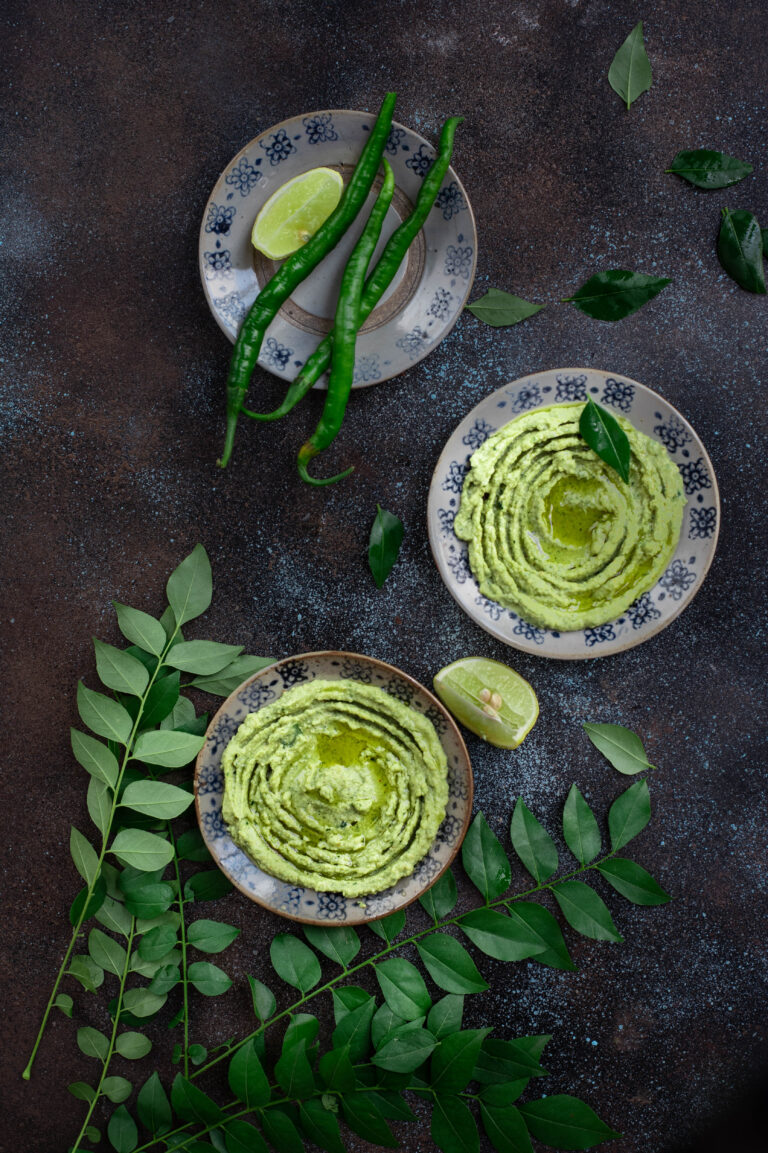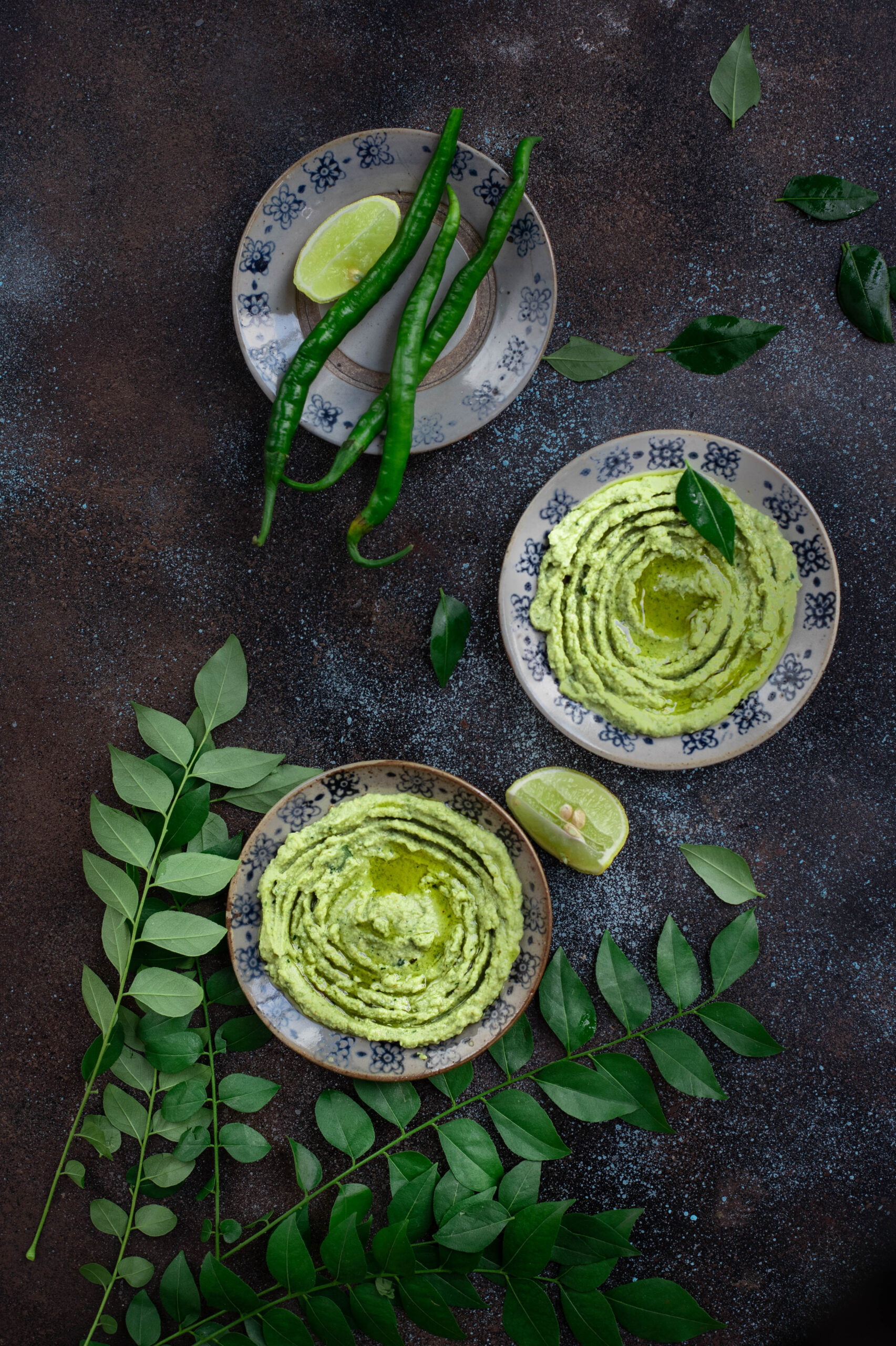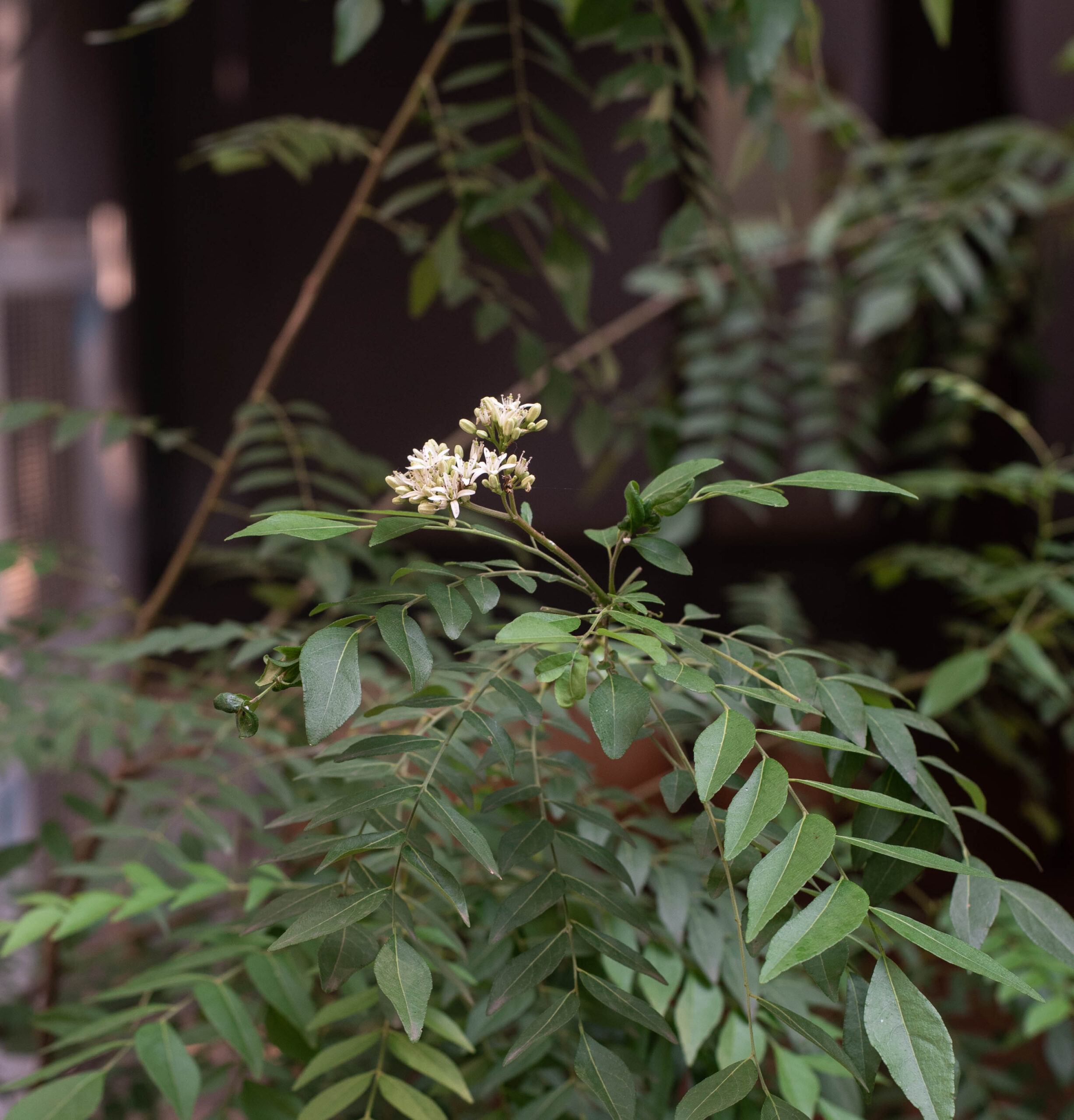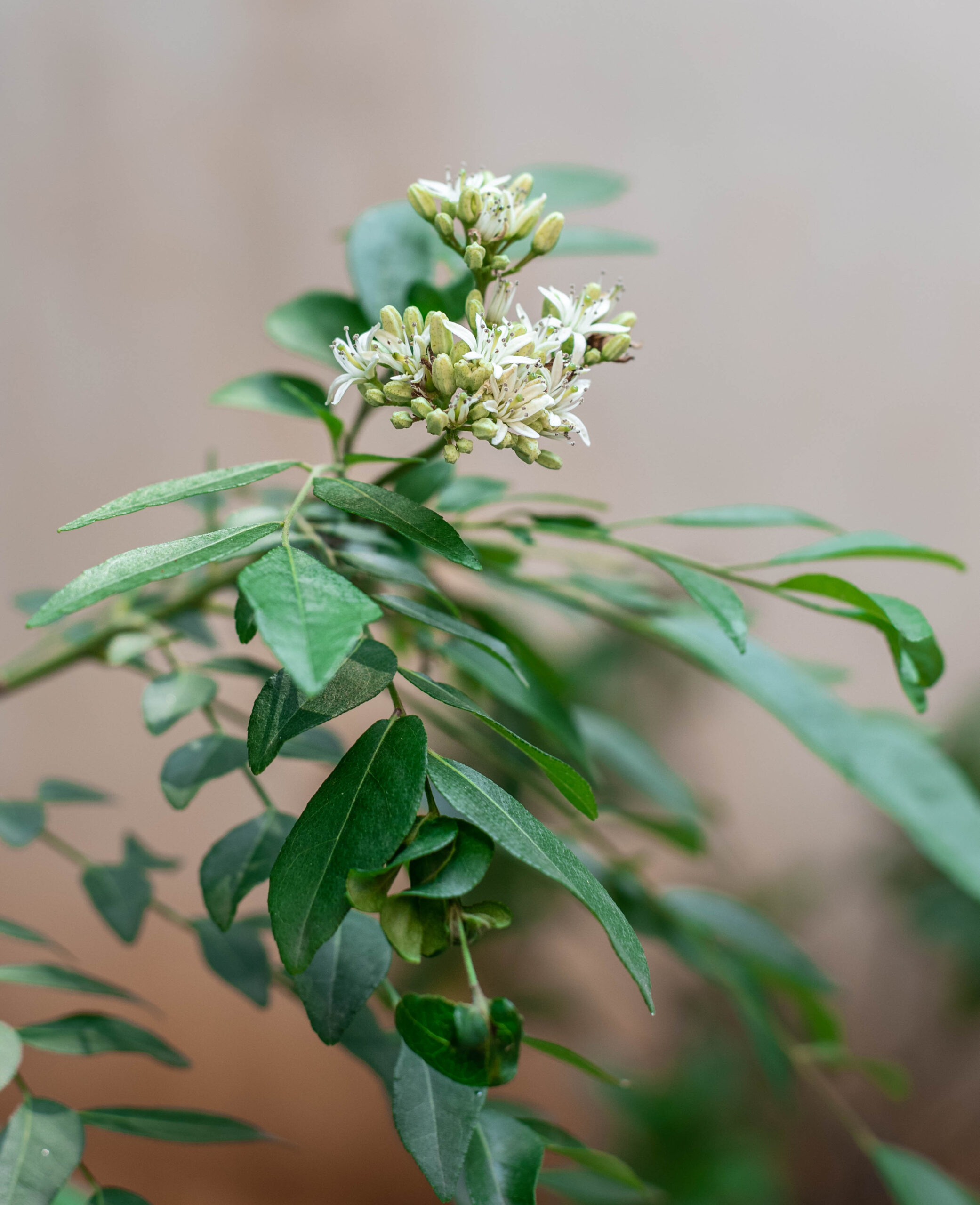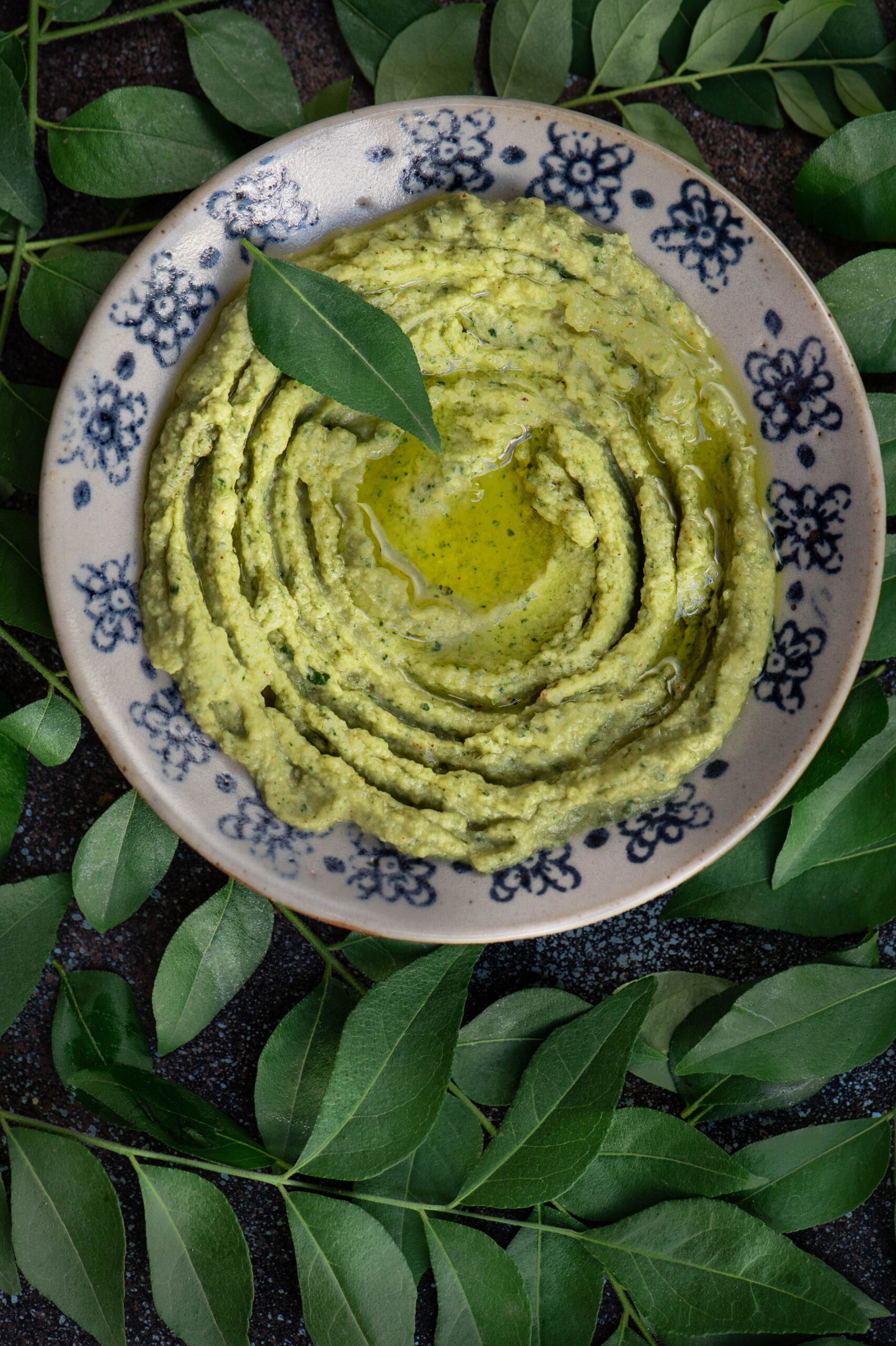Yoghurt, curd, dahi – whatever you want to call it, this essential dairy product is a staple at home with every single meal. It has been this way for many years. When I was growing up, my family would tease me about my love for dahi. It was often joked, “She will even have dahi with bread!” It’s true: I loved it so much that I would eat it in any form. Nowadays, I am equally happy just having it plain, without accompaniments. Sometimes, it’s nice to dress the dahi up and enjoy its versatility, and that’s when a recipe like this cucumber raita gets made.
Later, once I moved into my marital home, I discovered that curd was not a big part of their meals. It began to be included because of me, and gradually it became a staple here as well. So much so that my entire extended family on both sides have another running joke about how dahi should be kept ready whenever I’m about to visit.
Truly, it’s a lifelong love. I have shared in the past that my love for curd is the key reason why the vegan lifestyle is a challenge for me, and for those of you who have mastered it, I hope you’ll explore the many vegan recipes I’ve shared.
Plain homemade curd is my go-to. Greek yoghurt and so on were unknown to me while I was growing up, although I have explored it since. I’m happy to say that my simple, traditional homemade curd literally travels the world. There is a Spanish family whom we are close with, and they visit us every year. Each time, they take back a little bit of curd culture from my kitchen so that they can make their own Indian dahi when they are back home. My friend used to ask me for the recipe each time to jog her memory, but over the last five years, I’ve been able to simply direct her to the method that I published here. You can make it too, and the technique is right here.
Coming to the raita, I’ve made mine a little more exciting. Traditional cucumber raita is a two-ingredient dish, but I’ve added some spices, some mint and some garlic. This brings out a medley of flavours. You may want to try your own variations. For instance, why not replace cucumber with beetroot and watch the dish change colour? It will add quite a bit of novelty, especially when you are entertaining.
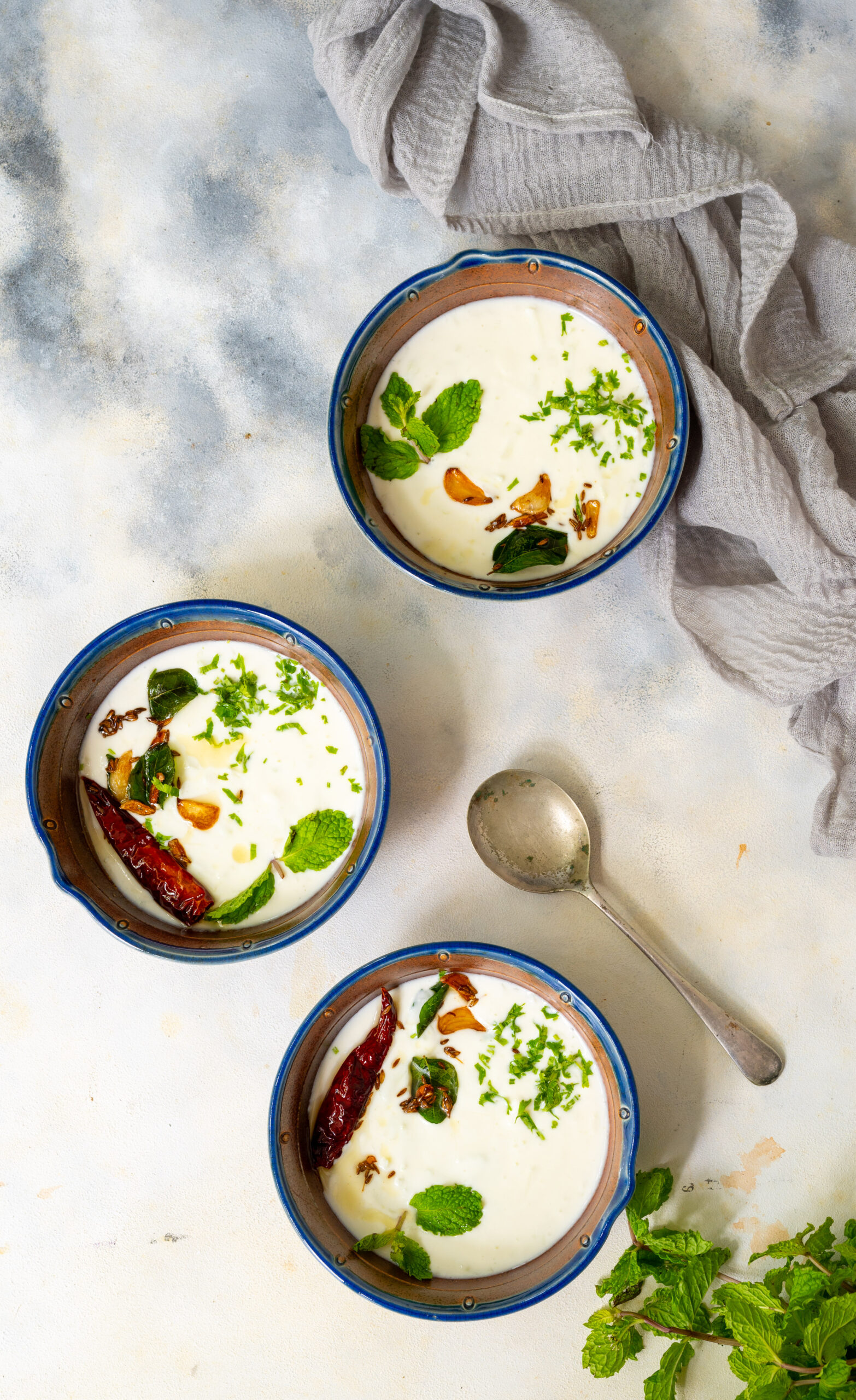
Cucumber Raita
(Serves 2-4)
1 cup grated cucumber
2 cups thick yoghurt
Salt to taste
2 teaspoons oil
½ teaspoon cumin seeds
A few curry leaves
2-3 pods garlic (cut lengthwise)
2-3 dried red chilies
Mint leaves (for garnishing)
Finely chopped coriander leaves (for garnishing)
A point to be noted is that you must be certain that the yoghurt is not sour. If you’re making it at home, follow the technique carefully to ensure this. If you are using it store-bought and find it slightly sour, adding a splash of milk will fix this.
In a bowl, grate the cucumber. Discard a little bit of the released water. Add the yoghurt and salt. Mix well.
In a hot pan, pour the oil to prepare the tempering. Add the cumin seeds to it. Then add the sliced garlic and allow these to turn golden. Once this is done, add the curry leaves.
Pour this tempering over the yoghurt. Garnish and allow to cool in the refrigerator.
As with all other raitas, this is meant to be served cold. It beautifully accompanies certain kinds of rice, such as biryanis, as well as Indian breads. I’ve also served it in a Lebanese spread, alongside pita bread and hummus. It’s quite versatile as a dip or side dish. If you enjoy this raita, why not try my banana-mustard raita too?
